Dental Laboratories specialise in fabricating dental crowns and customised implants. They provide a high level of quality, precision and aesthetics in their work. Dental laboratory is responsible for the production of immediate prostheses with the help of advanced dental machines and technology.
With a team of technicians, Royal Dental Clinics provides innovative solutions that meet the functional and aesthetic requirements of patients. The success lies in advanced dental machines and the technique used. Success is driven by the result of passion, effort and commitment to achieve excellence.
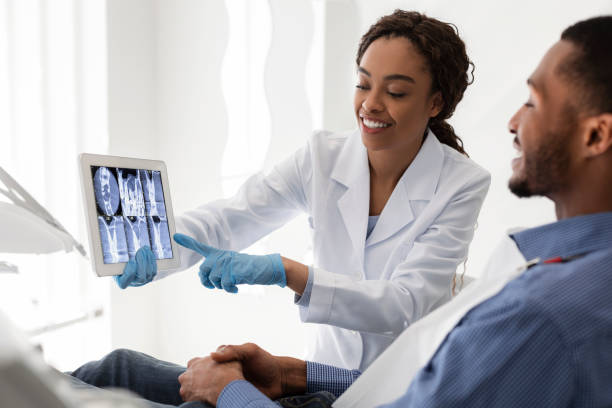
Computer-Assisted Surgery (CAS)
Computer-assisted surgery has been around for decades, but the term itself has only been around since the 90s. Before computers were involved, dentists used paper charts with X and Y coordinates to guide their surgical instruments. Implantologists use software to create surgical guides which are linked to a computer. The software uses the patient’s CT scan to create 3D models of the jaw and the implant placement. The computer-assisted technique makes it much easier to perform accurate surgery and achieve good visual results. The accuracy of the process is made possible by the CT scan, which provides a much more detailed image than an ordinary X-ray.
Dental CBCT Scanning Technology
Modern dental implants are being used more frequently, and this has resulted in a growing demand for dental CBCT scanning. Luckily, dental CBCT scanning is more accessible than ever before. Compared to just a few years ago, when dental CBCT advanced machines are very expensive, there’s now a much greater choice. Digital dental scanners make it easier for dentists to capture the mouth in 3D and create a digital record of the patient’s oral health. They provide a detailed image of the jaw bone, teeth, and implant sites. At the same time, digital dental scanners are much cheaper than conventional scanners. And because they’re designed for dental procedures, they’re also smaller and quieter.

3D Printing Implant with advanced machines
Dental implantology has been making use of 3D printing for many years now. The 3D printers in dental laboratories are used to create models of patients’ mouths with different types of treatment. This is done to create a visual guide for dentists and their patients. But 3D printing is not just used for visual guides. It’s also used to create dentures and dental crowns. When it comes to dental implants, 3D printing is used to create a mold that is used to create the dental implant itself. Dental laboratories can quickly and easily create implants with advanced machines. 3D printing allows dentists to design implant devices to fit each individual patient’s needs.
Computer Aided Design for Dental Crown
The start of every engineering process begins in the world of CAD. Royal Dental Technology offers Exocad; an integrated software solution that guarantees the seamless functionality of the digital workflow. From virtual, crow to implant planning with exoplan to designing surgical guides with the Guide Creator. The software supports the design of dental restorations that can be produced at chair-side: inlays, onlays, crowns, veneers, bridges, and pontics.
Royal Laboratory has extended capabilities in Excoad, to do digital smile designing, creation of implant prosthesis, creation of provisional without crown cutting, creation of surgical splints, creation of surgical guides etc.
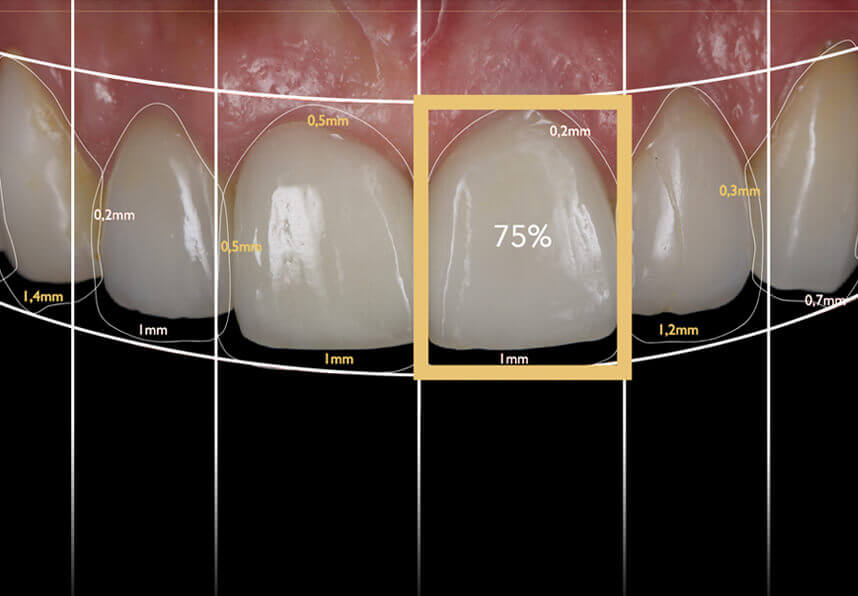
Computer Aided Manufacturing with SAPTeeth
CAD-CAM dentistry is a field of dentistry and prosthodontics using CAD-CAM (Computer-Aided-Design and Computer-Aided-Manufacturing) to improve the design and creation of restorations, especially prostheses, including crowns, crown lays, veneers, inlays and onlays, appliances. CAD-CAM dental technology allows the delivery of a well-fitting, aesthetic, and durable prostheses for the patient.
CAM is an application technology that uses computer software and machinery to facilitate and automate manufacturing processes. It uses computer-driven manufacturing processes for enhanced and streamlined manufacturing, efficient design and superior machinery automation.
Without CAM, there is no CAD. CAD focuses on the design of a product or part. How it looks, how it functions. CAM focuses on how to make it.
Future in Dental Treatments
Robotics are becoming increasingly common in the medical sector. Walking into a dental clinic, you can easily spot the use of robotics in dental implantology. Robotics are used to guide surgery instruments with accuracy and precision. Robotic surgery is often performed on larger-scale procedures. Meanwhile, dental technology is using robotics to help with smaller procedures such as implant placement. Robotics are used in dental surgery to place dental implants with very accurate and consistent placement. Robotic dental surgery will allow for more consistent placement of implants with less human error.
Virtual Reality and Augmented Reality
Virtual reality and augmented reality is a dental technology that is being used in industries. The healthcare sector has seen some interesting developments in the last few years. Virtual reality is an immersive environment that can be explored with the use of a headset. It’s a great technology to help patients visualize their new smile. Virtual reality technology is used by dentists to create 3D models of teeth with different types of crowns. This allows the patient to experience their new teeth before they’re even created. Augmented reality is a bit different, as it superimposes computer-generated images onto the real world. This allows patients to see how the dentist’s design will look in the patient’s actual mouth.

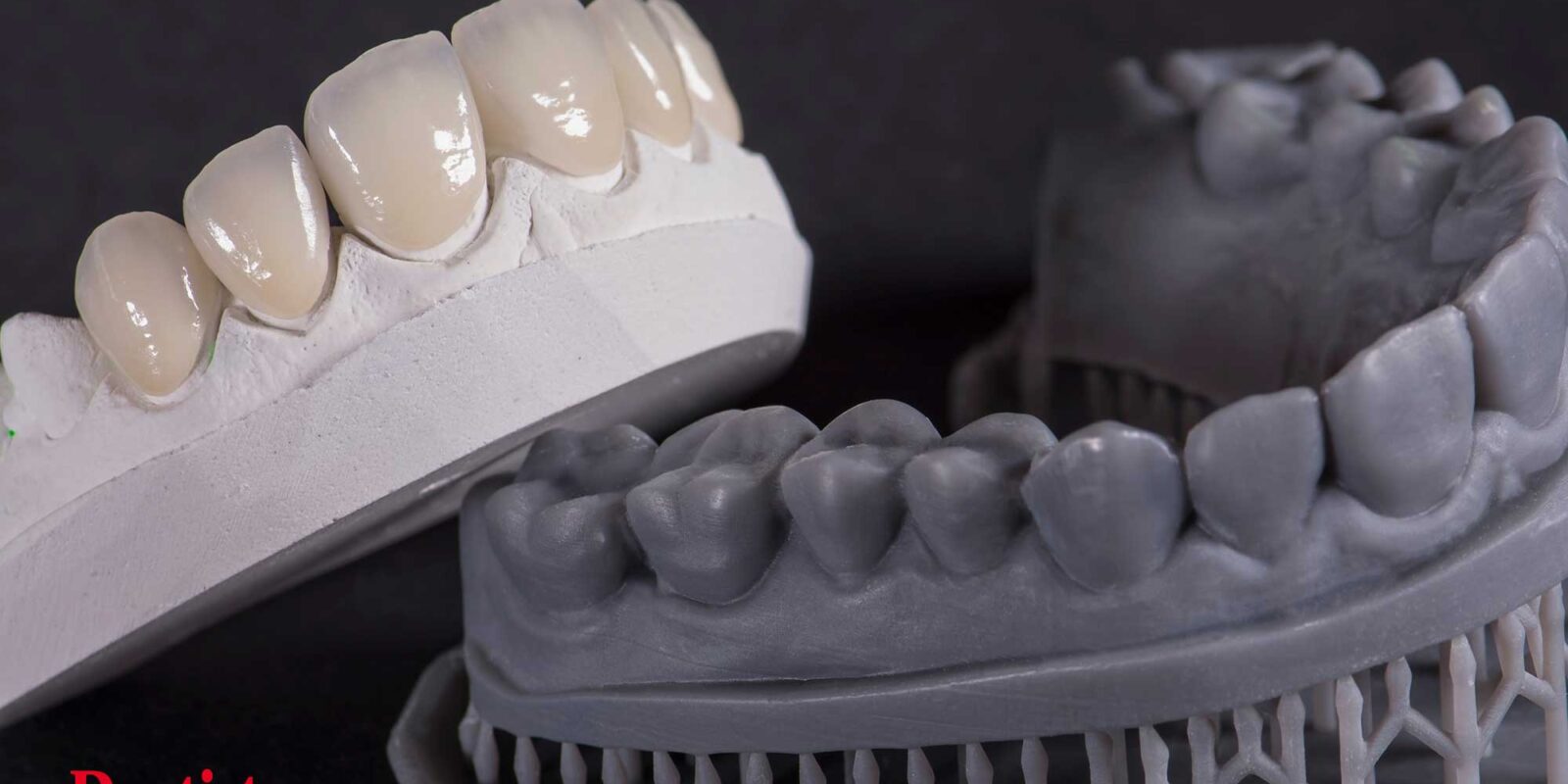
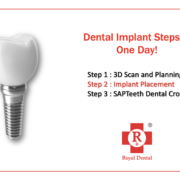

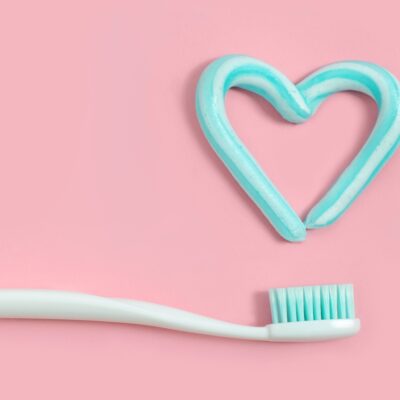

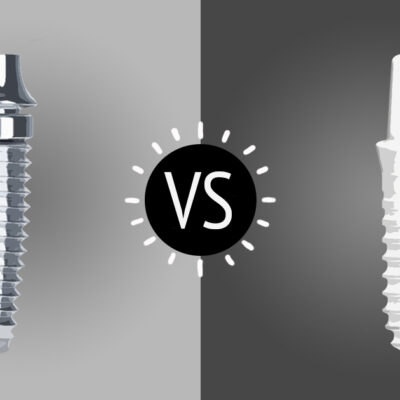
so very nice clinic